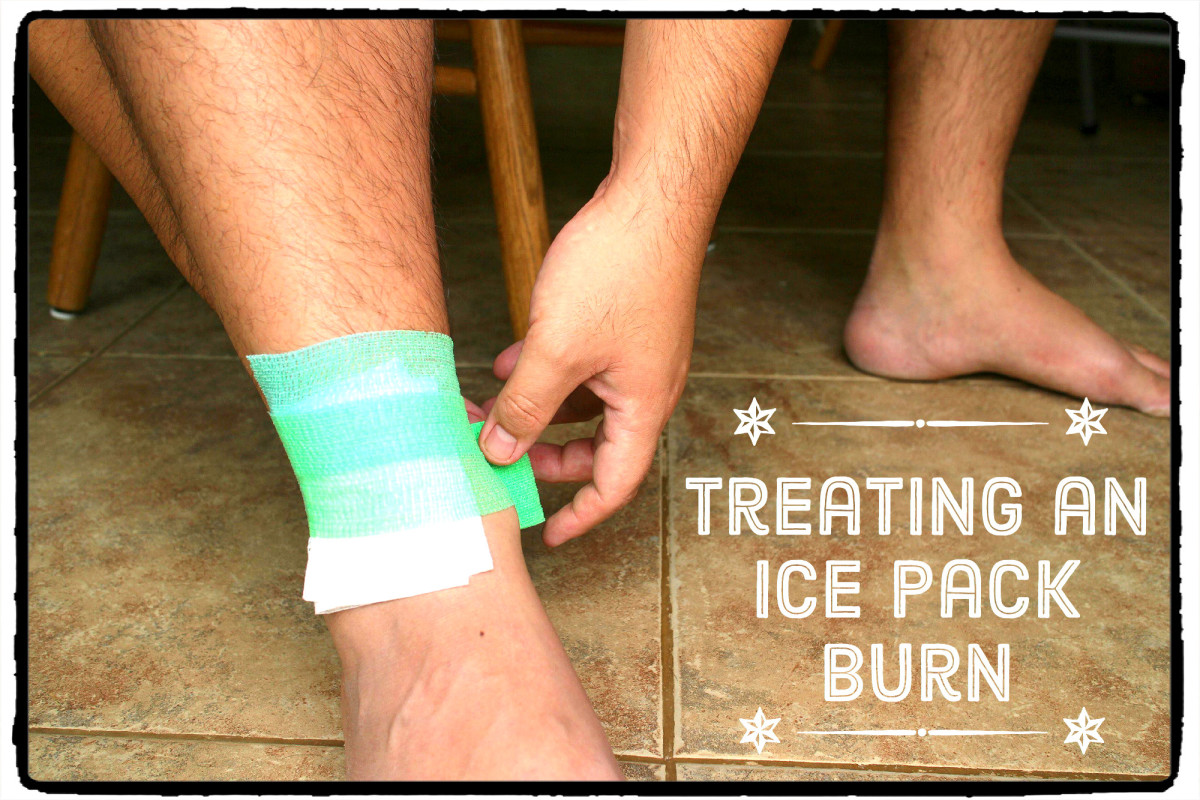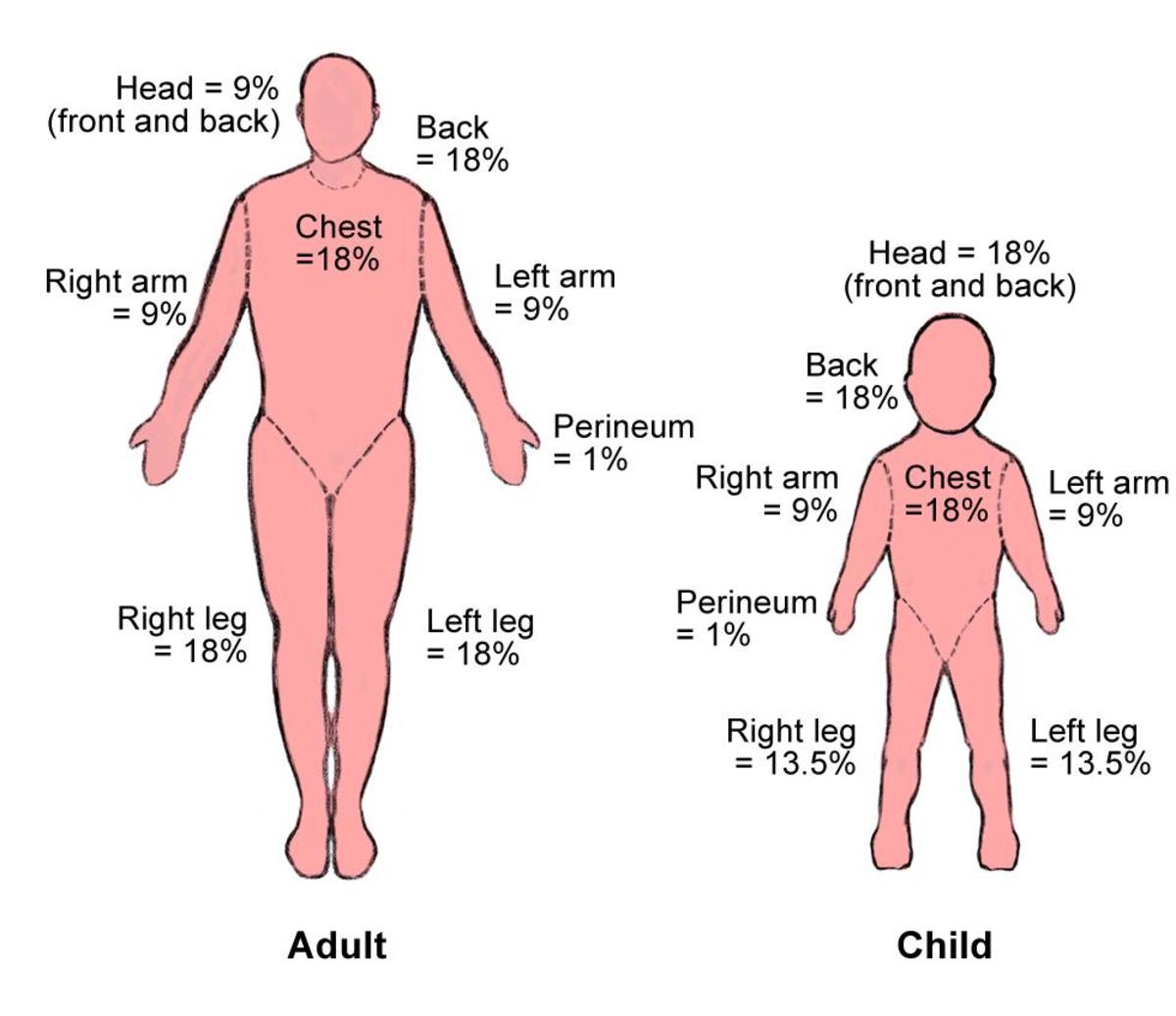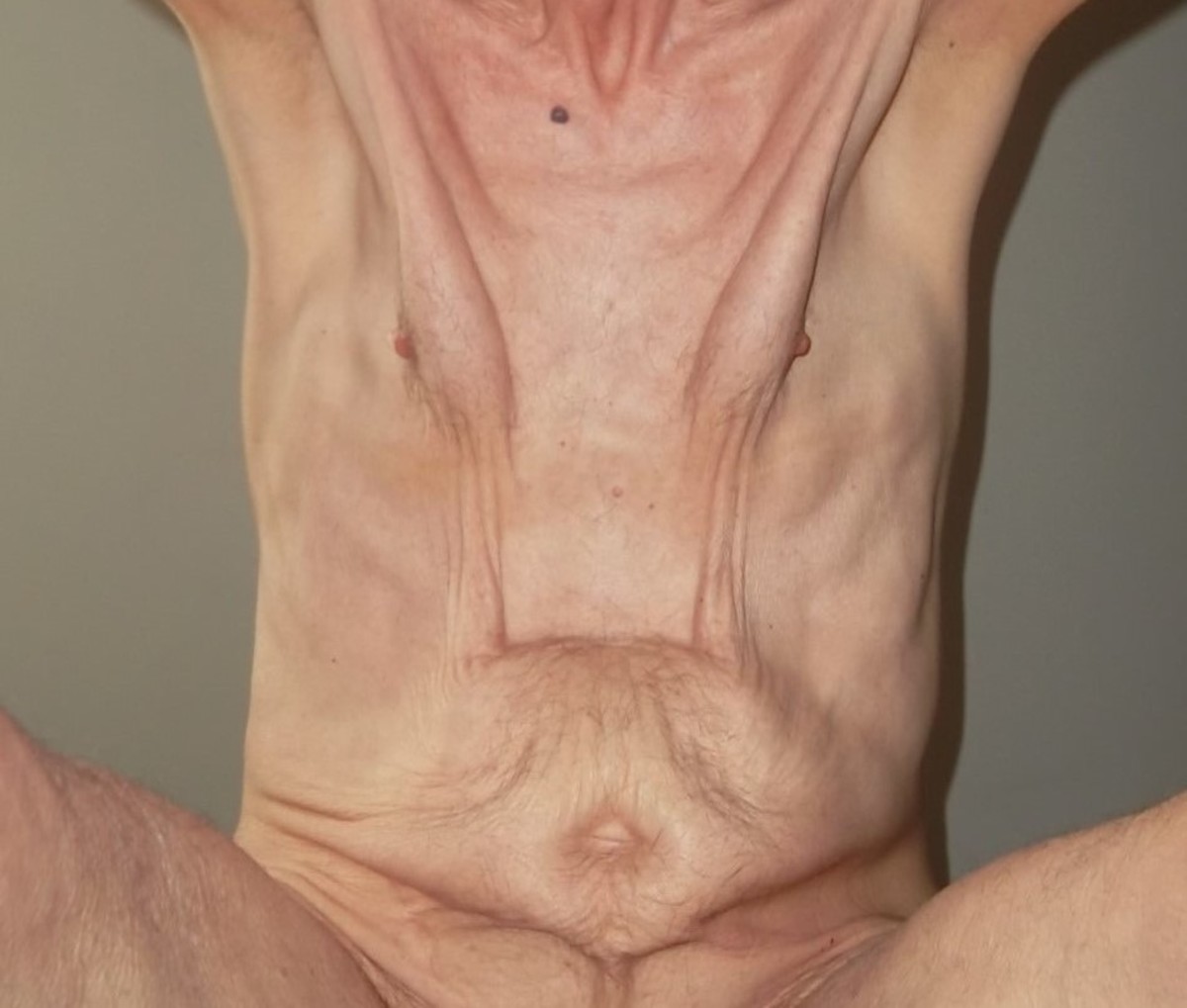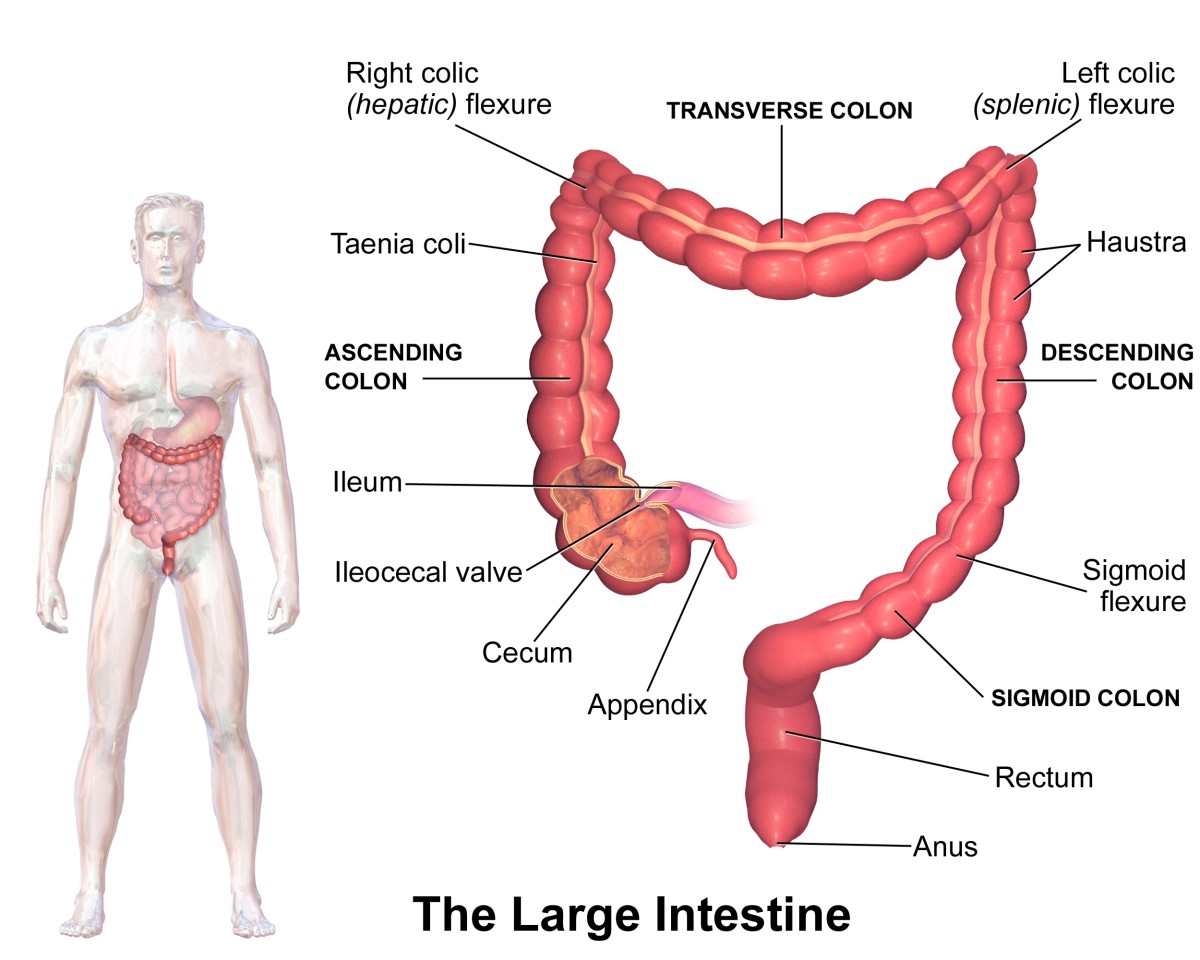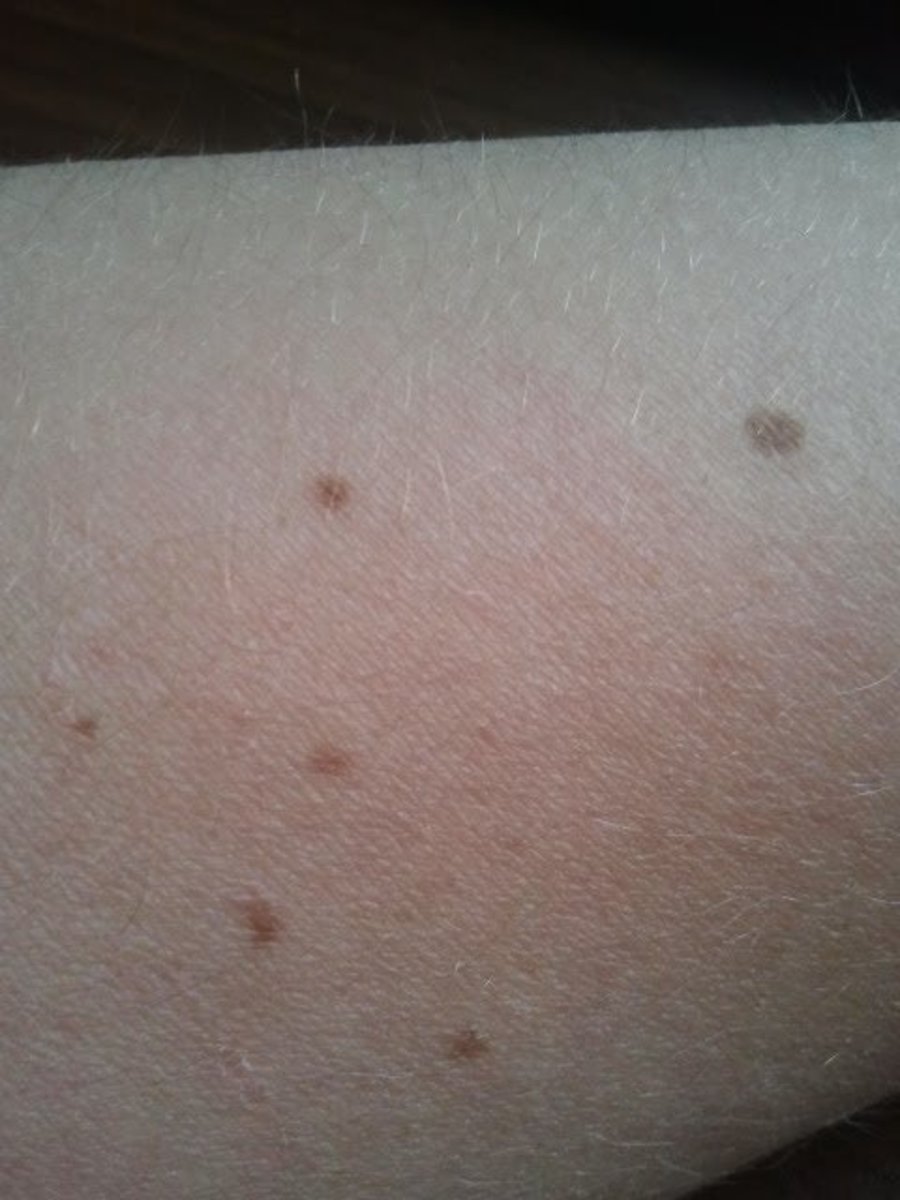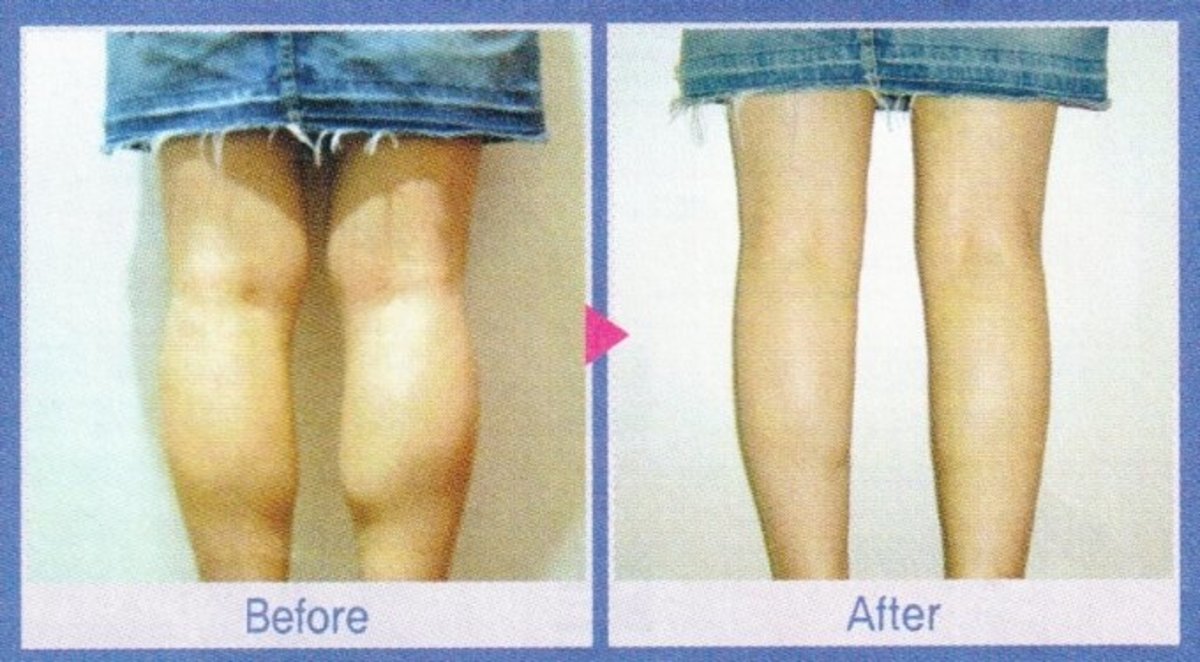Cosmetic Surgery – An illustrated guide to treatment of burns
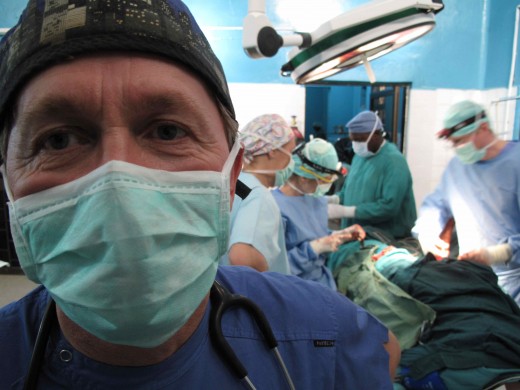
This article provides information on all degrees and types of burns, their treatment, prevention, consequences, and role of cosmetic surgery in the overall improvement of appearance, look, beauty of the patient. The severity of the burn injuries depends on the temperature and the medium that caused the burns and amount of time the person has been exposed to the inflammable material. Other factors are the severity of the burns, the extension and depth of the burns, and age and health status of the person.
The treatment given to a burn depends on its depth and its cause, so the treatment for a burn caused to a person getting burns sitting along the beach in afternoon without sunscreen is significantly different to a person getting burn injuries from highly inflammable materials. However, both essentially have something in common and that is the destruction of the soft tissues where the burn has occurred, so the main goal when planning a therapy to treat any type of burn is to restore the lost tissues. For many years, there were some less severe cases in which cosmetic surgeons promoted the regeneration of the natural skin cells avoiding any infection and there were some very severe cases in which the cosmetic surgeons utilized skin grafts where there was no way that the natural skin cells or tissues could be regenerated on their own but now time has changed and science has made a lot of progress and now it is possible to grow cells via the skin grafts for severe burns via cosmetic surgery options. Likewise, with the help of extensive scientific research in this field, cosmetic surgeons now have developed numerous innovative materials like combination of bioreacators (unique cell spraying systems) to grow cells and use of special "wound caps" to help new burn victims. Traditional systems like using sterile bandages on the affected areas to help prevent infection are also there.
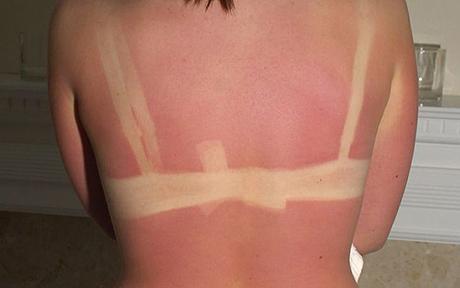
Different degrees and types of burns
First-degree burns
First-degree burns involve the outer layer of skin, which is known as epidermis in medical words. These burns usually have a red and swollen appearance. There are no blisters seen with first-degree burns. These burns involve temporary soft tissue damage and usually consist of an increase and then subsequent decrease of skin discoloration. These burns usually heal within 3 to 6 days and leave no permanent marks or scars with the use of scar removal creams after treatment of burns.
How to treat a first-degree burn?
1. Cool the burn under running water for several minutes.
2. Calm the area with a simple burn cream and for sunburns you can use aloe vera sunburn cream.
3. The person can take over-the-counter Tylenol or ibuprofen for these types of burns and can consult a private physician on the dosage and directions on the use of medication.
4. The victim of the burn should look out for blister formation on the burn sites.
5. Spread Bacitracin or Neosporin on the burn sites.
6. If the patient has more concerns or questions about the site of the burn or if there is some suspicion, the patient can consult with his/her family doctor.
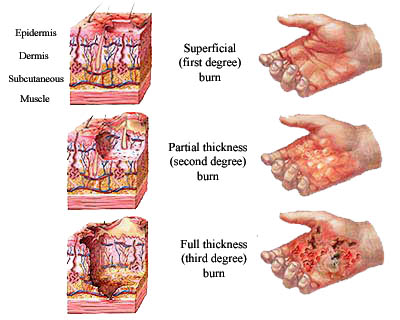
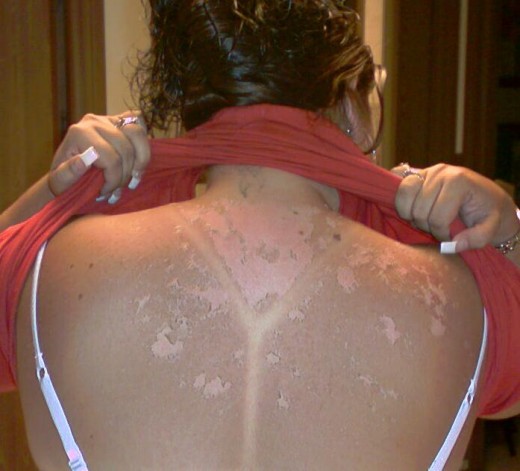
Second-degree burns with presentation of blister formation
Second-degree burns are very painful than first-degree burns and the burn areas break into blebs and blister formation with pink or bright red formations. These types of burns involve the uppermost layer of the dermis medically known as papillary dermis and the affected burn areas regrow in a span of 8 to 14 days without scarring with treatment. It is important to note that these types of burns are mostly caused by low-density hot liquids.
Deep Second Degree burns
These burns are severely painful with appearance of pink or red or sometimes gray blisters. These types of burns involve the deep layer of the dermis known as reticular layer of dermis in medical terminology and are generated from the cuts caused by the burns. These types of burns become infected very easily. The affected soft tissue and cells regenerate in a span of 21 days for average patients but sometimes can leave permanent scars due to the deep nature of these burns.
How to treat a second-degree burn?
1. Submerge the burned area in cold water as soon as possible and keep the burned area in cold water for 5 minutes.
2. Treat the area in the same way as the first-degree burns, although your doctor may prescribe Silvadene cream (instead of Bacitracin or Neosporin for first-degree burns).
3. If there is severe blister formation, leave it alone and do not try to break blisters as it can cause infection in other parts of the burn. Apply sterile gauze over the blistered area because the clothing can irritate the site, which can give discomfort to the patient.
4. If the blisters break open on their own, immediately wash with water and apply Silvadene cream or other antibiotics as prescribed by your doctor.
5. Do not touch the burn site with dirty hands.
6. If you see any pus, purulent material, or yellow drainage coming out of the burn areas, consult your doctor immediately as this can be infection.
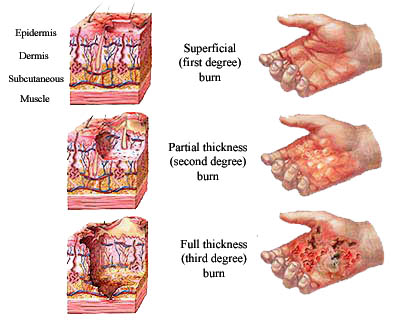
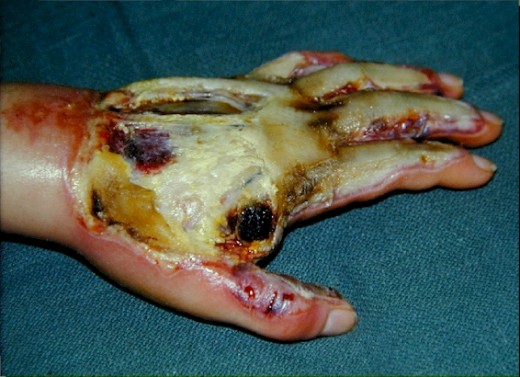
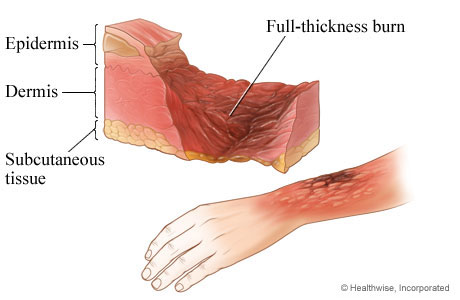
Third-Degree Burns
Third-degree burns are really dangerous and for that the patient should be taken immediately to any nearest hospital's emergency room. Third degree burns are sometimes life-threatening and need attention of highly qualified specialists and the burn injuries should be treated in a hospital setting. These burns are caused by electrical equipment and fire and involve the deepest layers of the skin and the soft tissues and cells cannot regenerate on their own in the absence of special techniques. It is very much necessary to cover the burn areas with skin grafts.
First Aid for third degree burns
1. Cover the burn lightly with sterile gauze or a clean cotton towel. Do not use any type of irritable materials on the burn.
2. Do not apply ointments or oil because they can cause infection.
3. Take some steps to prevent shock: Lay the patient on the bed and elevate the feet about 12 inches (30 cms).
4. Have the person sit up if face is burned. Observe the patient carefully for any breathing problems he/she may experience.
5. Watching for any signs of shock.
6. Do not place a pillow under the head of a patient having respiratory tract burns, as this can close the path of breathing.
7. As stated above, third-degree burns require immediate medical attention. Do not attempt to treat serious burns unless you are a trained health professional.
What can be done to prevent burns?
1. Observe yourself very closely and stay alert when your are using electrical devices or you are near faulty wires.
2. Install smoke alarms in your home.
3. Keep a fire extinguisher available at home.
4. Set the water heater to 120 F or less.
5. If you work in an area where there is high potential of fires and electric short circuits, teach yourself and your colleagues on what to do in case of fire of any type.
6. If a person is on fire, smother the fire with a blanket.
The pathological condition resulting from a burn
When you make a prompt and timely maintenance, you can significantly decrease the number of problems caused by burns, but the burns that leave permanent marks should be treated by experienced cosmetic surgeons whose purpose is to try to restore the previous look and appearance of burn victims.
In burn cases, the body parts, which deserve special attention, are eyes, eyelids, lips, hands, and genitals.
Improving the pathological condition is very important for the overall emotional and psychological development of the patient. The patient should not feel inferior due to his/her bad appearance and look after the burns. With technological advancement, restoring the previous look and appearance of burn patients is possible.
The plastic surgeons do many types of procedures with use of grafts keeping in mind the problems associated with the look and appearance of the patient.
In my upcoming articles, I will discuss the role of plastic surgeons in improving the overall look, appearance, and beauty of the patient with the use of skin grafts, flaps, and expanders with cosmetic surgery.
Look out... It's my HubMob Hub #7 for Searching for Perfection - Cosmetic and Aesthetic Surgery Options




